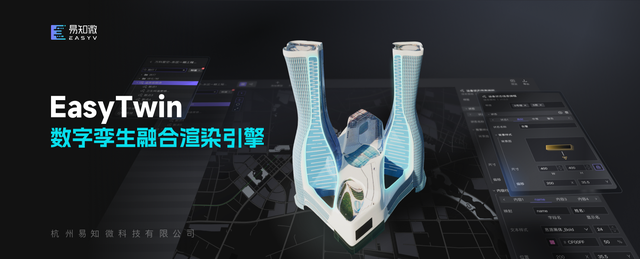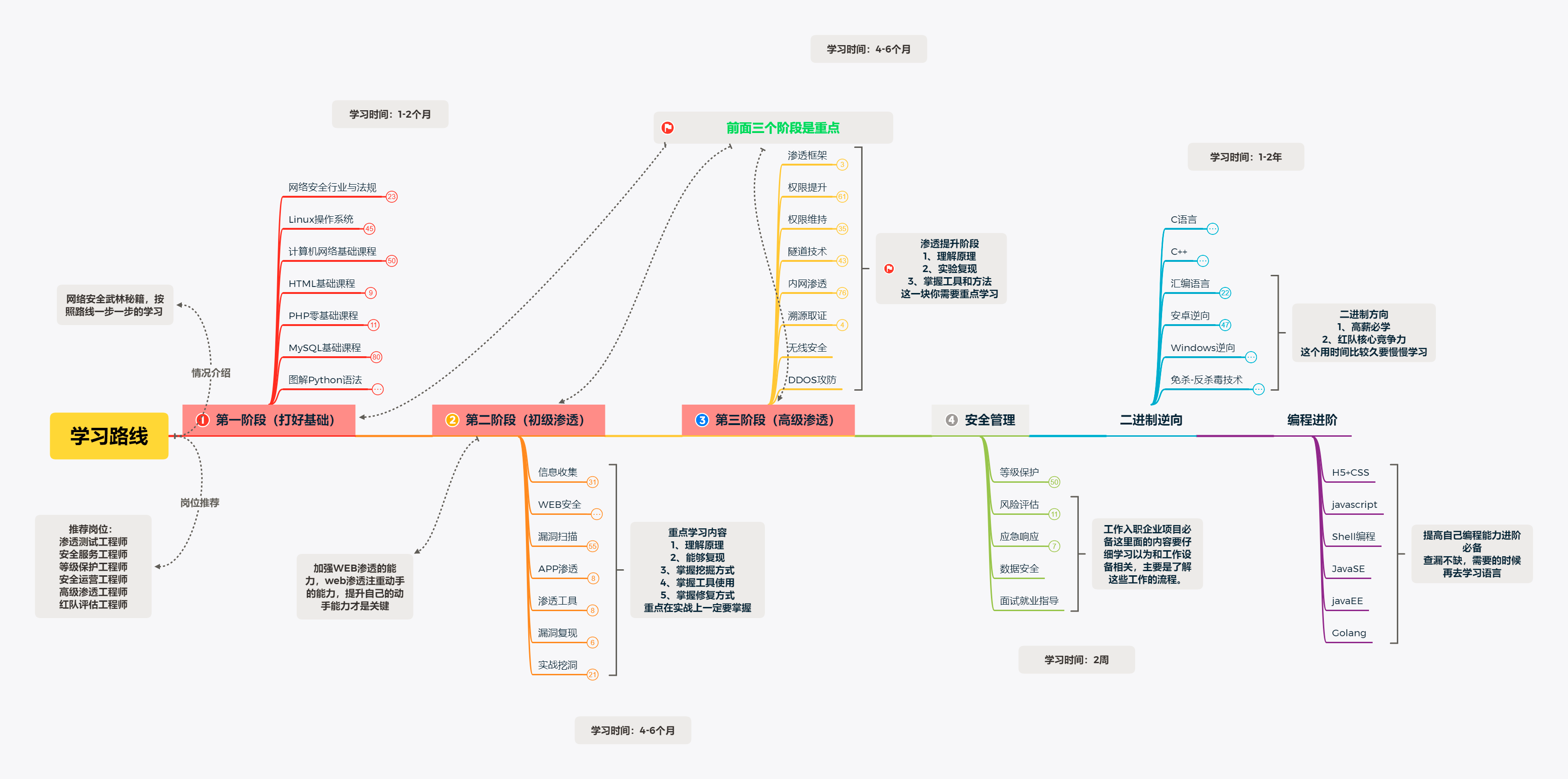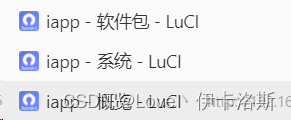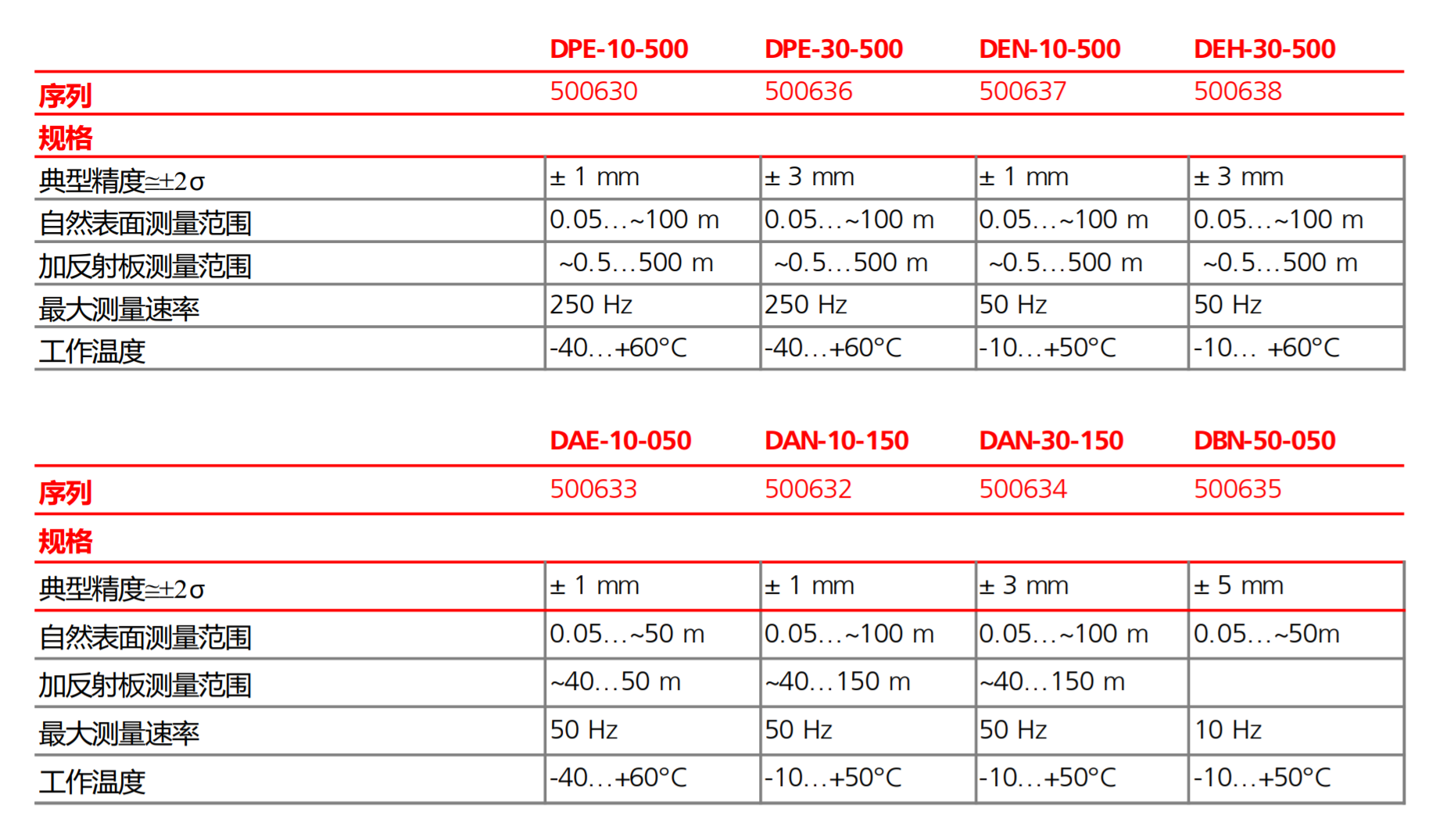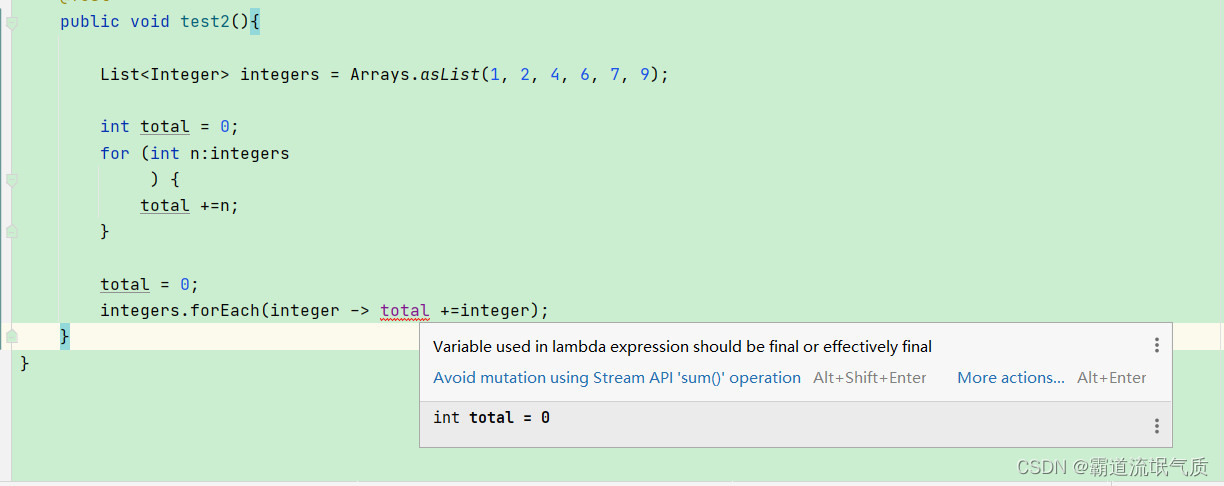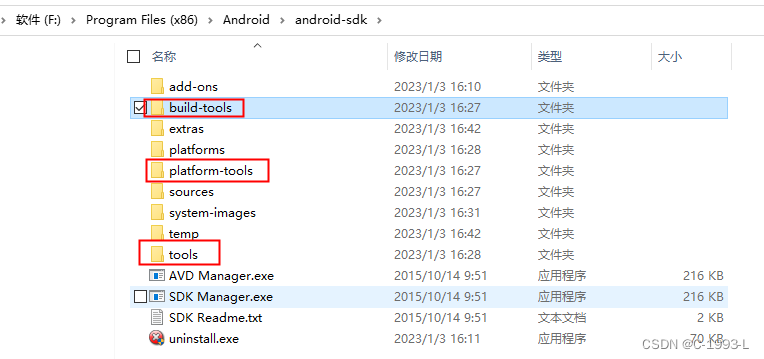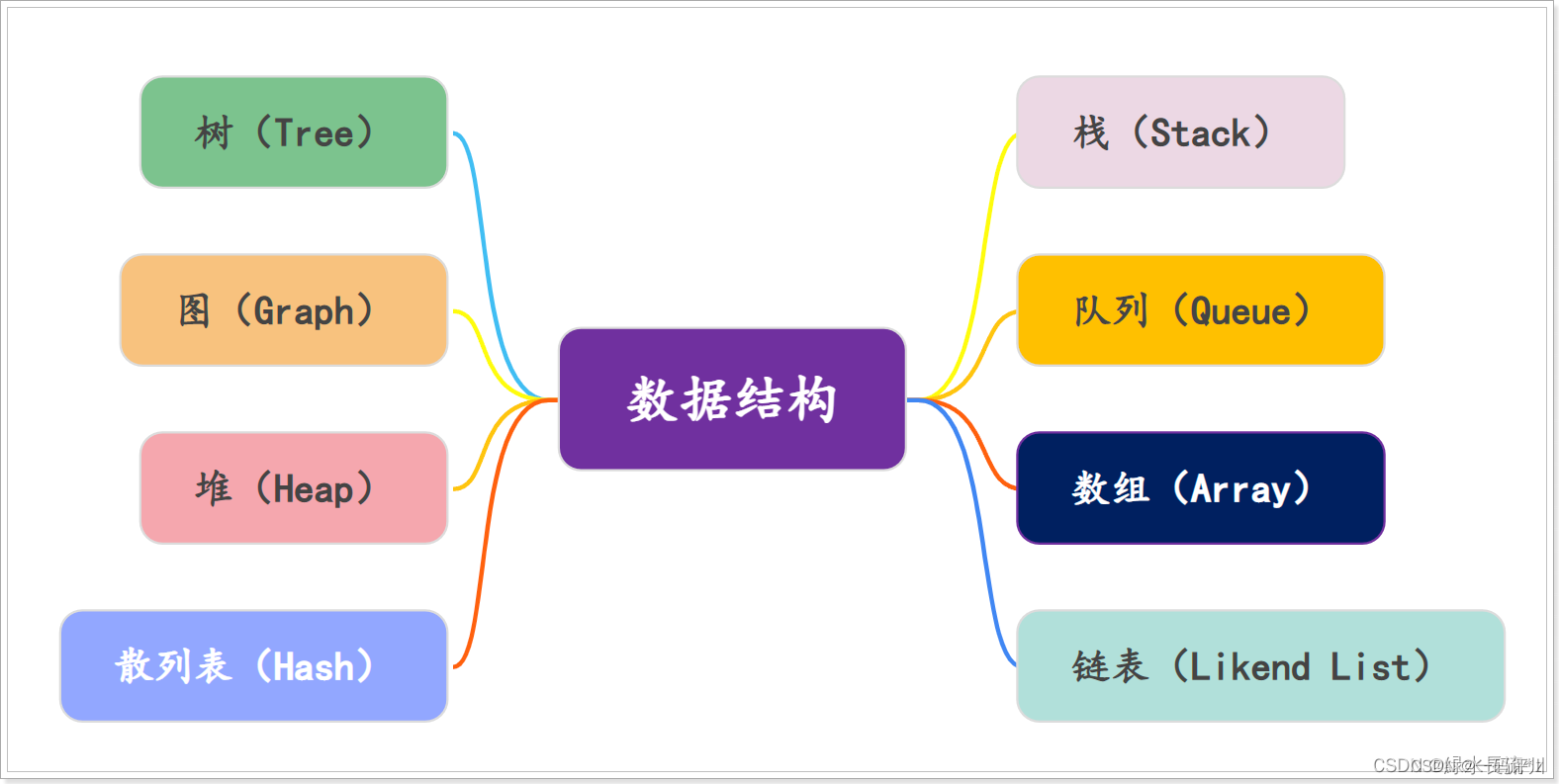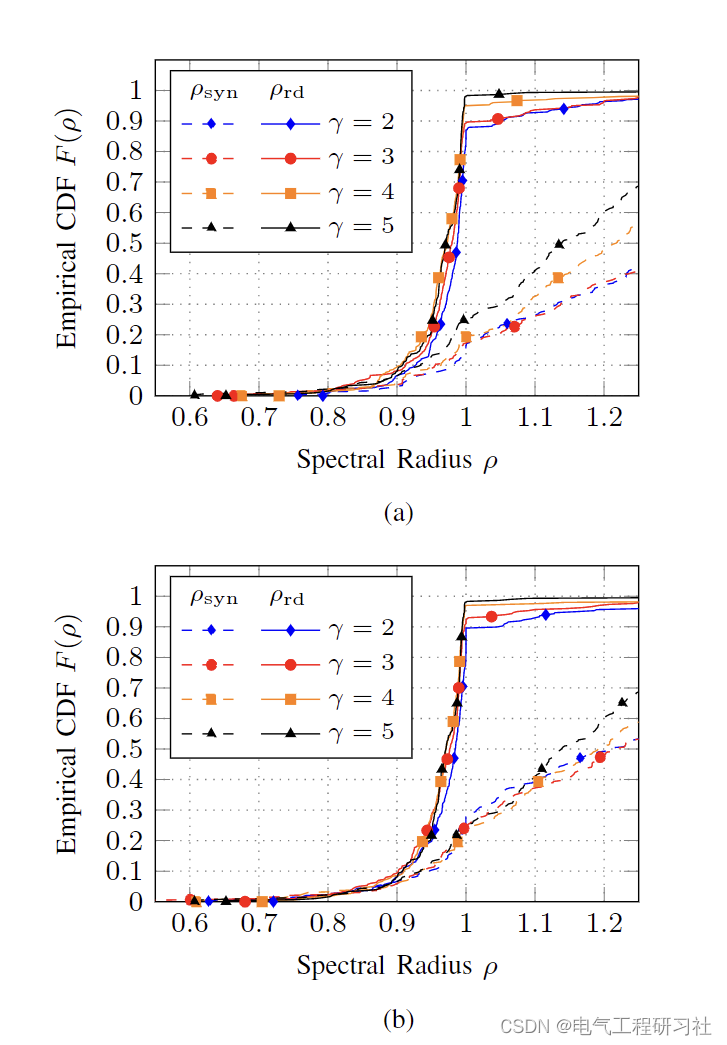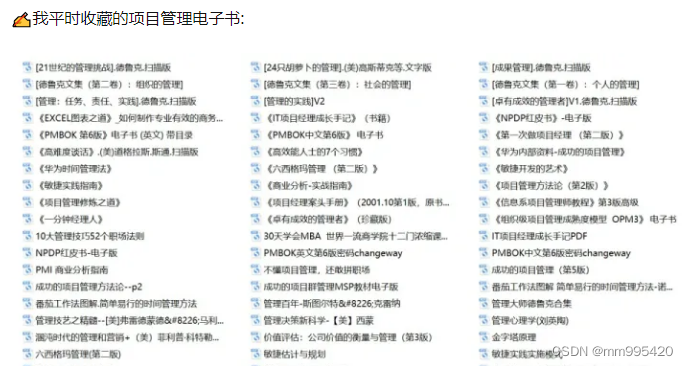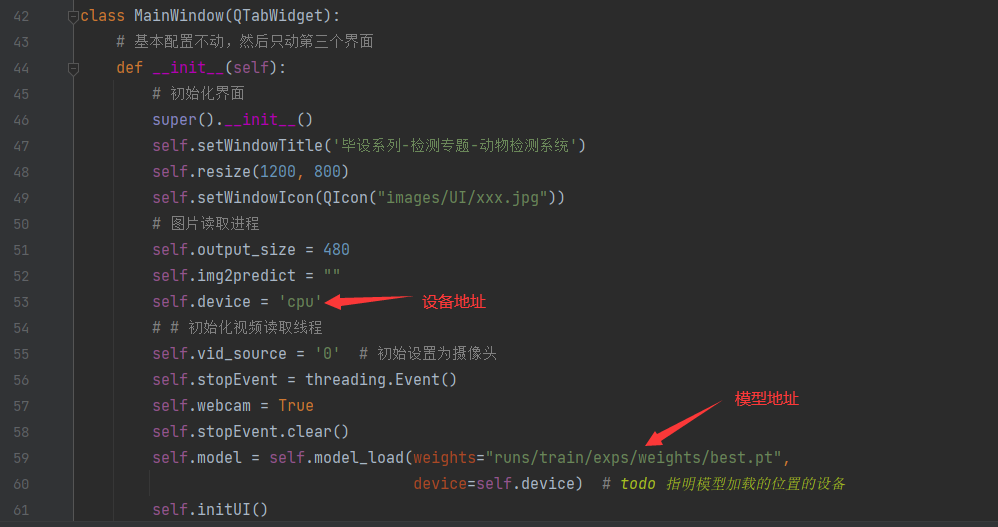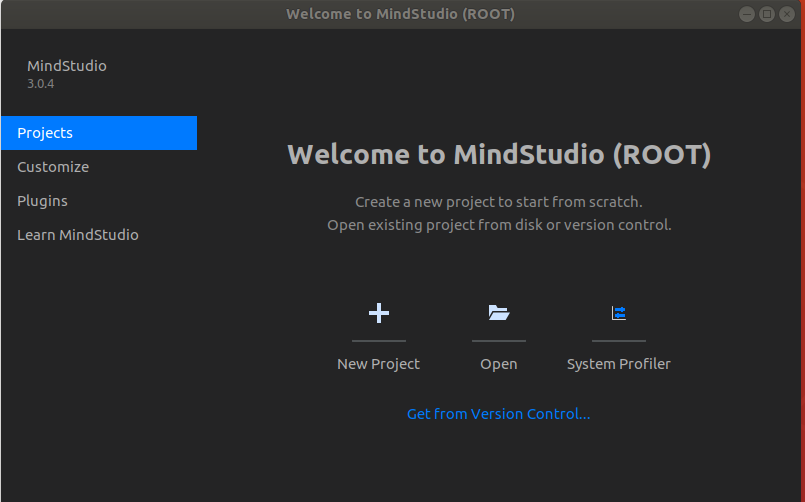一、组件
组件是vue的重要的特征之一,可以扩展html的功能,也可以封装代码实现重复使用。
二、组件的创建
1. 非脚手架方式下创建
第一步:使用Vue.extend创建组件
第二步:使用Vue.component注册组件
第三步:在html页面中使用组件
<div id="app">
<my-com></my-com> <!-- 使用组件:名称之间用'-'连接 -->
</div>
<script>
//第一步:使用Vue.extend创建组件
var mycom = Vue.extend({
template:'<h2>白桦林</h2>' //template:指定页面中要展示的html结构
})
//第二步:使用Vue.component注册组件
Vue.component('myCom',mycom) //'myCom'是注册的组件名,在注册时采用驼峰命名
new Vue({
el:'#app'
})
</script>2. 使用template创建组件
第一步:使用template创建html页面模板,并给template定义id属性
第二步:使用template的id属性值进行注册
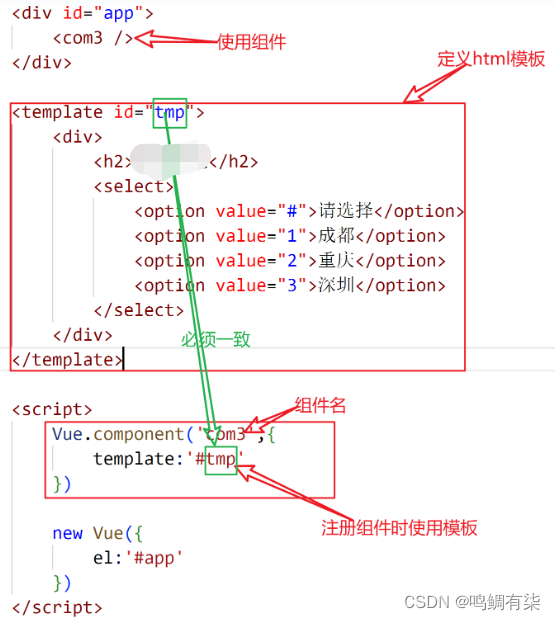
强调:在Vue实例外部通过Vue.component创建或注册的组件称为全局组件
局部组件:创建方式和全局组件的创建方式一样,注册时必须放在Vue实例内部通过components完成

3. 在WebStorm中使用脚手架创建组件:
创建Vue component,组件命名采用驼峰命名法
<template>
//必须有一个html的标签作为模板的根标签
</template>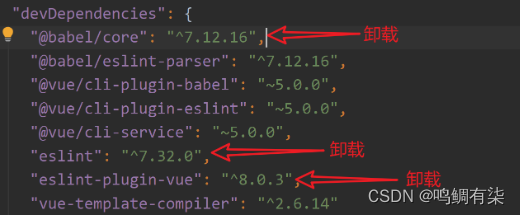
三、组件中的data
1. 每个组件都有自己的数据:即每个组件都有自己的data
2. vue实例的data和组件的data的区别
1)vue实例的data是一个对象
2)组件的data必须是一个方法,该方法必须返回一个对象
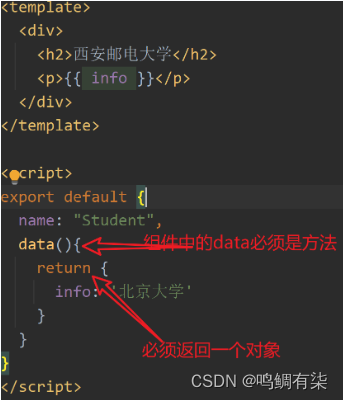
3)vue实例中的data和组件中data在使用方法上是一样的
四、组件中的methods
组件中的methods和vue实例中的methods用法相同
练习:定义一个Vue组件,组件的名称是StudentInfo,在该组件中显示3条学生信息(编号、姓名、性别、地址)
<template>
<div>
<table border="1" align="center">
<thead>
<tr>
<th width="100">编号</th>
<th width="100">姓名</th>
<th width="100">年龄</th>
<th width="100">性别</th>
</tr>
</thead>
<tbody>
<tr v-for="(info,index) in info" :key="index">
<td>{{ info.id}}</td>
<td>{{ info.name}}</td>
<td>{{ info.age}}</td>
<td>{{ info.sex}}</td>
</tr>
</tbody>
</table>
</div>
</template>
<script>
export default {
name: "StudentInfo",
data(){
return {
info:[
{id:1001,name:'黄忠',age:44,sex:'男'},
{id:1001,name:'小乔',age:19,sex:'女'},
{id:1001,name:'周瑜',age:22,sex:'男'},
{id:1001,name:'刘备',age:34,sex:'男'},
]
}
}
}
</script>
<style scoped>
</style>
